During the AP visit, journalists saw 30 giant tanks where water is sampled and analyzed for safety. A facility to dilute the water after it has been treated and tested is in the final stages of construction. From there, the water will be released through an undersea tunnel.

What's happening at the Fukushima plant 12 years after the crisis? Photo: AP
The plant's operator, Tokyo Electric Power Company Holdings (TEPCO), aims to complete the facilities by spring. TEPCO needs safety approval from Japan's nuclear regulator and the International Atomic Energy Agency (IAEA) to ensure the project meets international standards and to issue a report before discharges begin.
What happened?
A magnitude 9.0 earthquake on March 11, 2011, triggered a massive tsunami that destroyed the plant's power and cooling systems, causing water from reactors 1, 2, and 3 to melt and release large amounts of radiation. Water used to cool the reactor cores leaked into the basements of the reactor buildings and mixed with rainwater and groundwater.
130 tons of contaminated water was collected, treated and then stored in tanks, of which there are now about 1,000 and which cover much of the plant. About 70 percent of the “ALPS-treated water,” named after the machine used to purify the water, still contains cesium and other radioactive nuclei above the permitted limit.
TEPCO said the radiation can be reduced to safe levels and that it will ensure that water that is not filtered enough is treated until it meets the permitted limit. Officials said tritium cannot be removed from the water, but is harmless in small amounts. TEPCO said the release will be gradual and that tritium levels will not exceed pre-accident levels at the plant.
Fukushima Daiichi has struggled to deal with contaminated water since the 2011 disaster. The Japanese government and TEPCO say the tanks must make way for plant decommissioning facilities, such as storage space for melted fuel debris and other highly contaminated waste. The tanks are 96 percent full and are expected to reach their capacity of 1.37 million tons by the fall.
They also want the discharge to be treated and controlled to avoid the risk of contaminated water leaking out in the event of another major earthquake or tsunami. It would be sent through a pipeline from the sampling tanks to a coastal tank to be diluted with seawater and discharged through an undersea tunnel to a point 1km offshore.
What are the safety concerns?
Local fishing communities say their businesses and livelihoods will suffer further damage, and neighboring countries such as China, South Korea and Pacific island nations have raised safety concerns.
“It would be best not to release the water, but it seems unavoidable,” said Katsumasa Okawa, who runs a seafood shop in Iwaki, south of the plant. The Japanese government has also set aside 80 billion yen ($580 million) to support fisheries in Fukushima and address “reputational damage” caused by the leak.
TEPCO sought to reassure people by raising hundreds of flounder and abalone in two groups - one in regular seawater and another in diluted treated water. The test was “to confirm visually that the treated water, which we consider safe to discharge, will not have a negative impact on living things,” said Tomohiko Mayuzumi of TEPCO.
Radioactivity levels in flounder and abalone rose while they were in the treated water but dropped to normal levels within days after they were returned to regular seawater. That data supports the idea that tritium has minimal impact on marine life, said Noboru Ishizawa, a TEPCO official overseeing the testing.

Flounder are raised in a tank containing diluted radioactive wastewater at a laboratory at the Fukushima Daiichi nuclear power plant. Photo: AP
Officials say the impact on humans, the environment and marine life will be minimal and will be monitored before, during and after the discharge and will continue for 30-40 years. Simulations show no increase in radiation beyond 3km from the shore.
However, scientists say the health impacts from consuming tritium and other radioactive isotopes through the food chain could be worse than from drinking it in water and further research is needed.
TEPCO said water samples were shared with the IAEA and the government-funded Japan Atomic Energy Agency, but experts want to see independent cross-checks.
Radioactivity expert Katsumi Shozugawa of the University of Tokyo said his analysis of groundwater at multiple locations in the exclusion zone near the plant had shown that tritium and other radioactive elements had leaked into the groundwater.
If highly radioactive water escapes and spreads into the ocean, it will be untraceable, he said, which is a concern not only for Japan but also for Pacific nations. There needs to be a sustained, science-based effort to show other nations that it is being thoroughly cleaned up.
Mai Anh (according to AP)
Source


![[Photo] Vice President Vo Thi Anh Xuan, French President Emmanuel Macron and his wife visit Hanoi University of Science and Technology](https://vphoto.vietnam.vn/thumb/1200x675/vietnam/resource/IMAGE/2025/5/27/267b6f2bdf3e46439f081b49f6ec26b1)



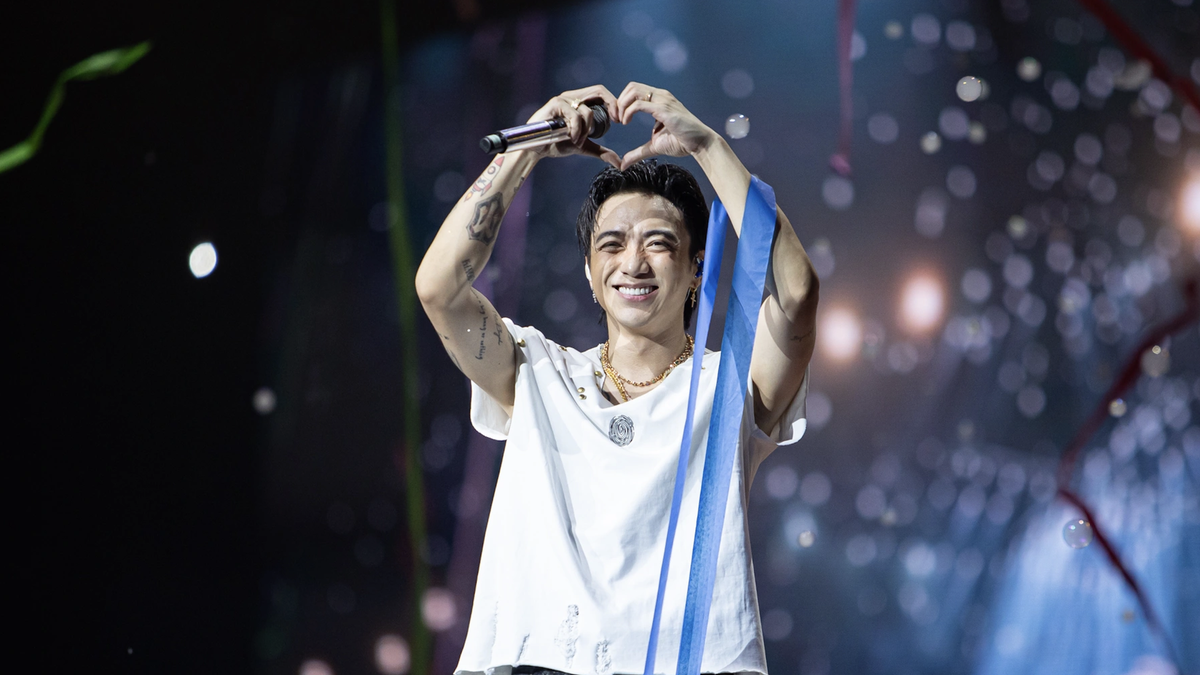
![[Photo] Hungarian President begins official visit to Vietnam](https://vphoto.vietnam.vn/thumb/1200x675/vietnam/resource/IMAGE/2025/5/27/ab75a654c6934572a4f1a566ac63ce82)


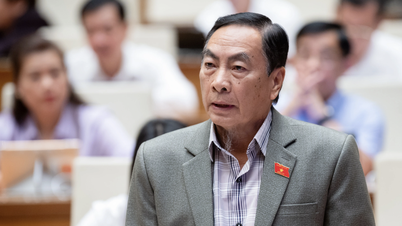

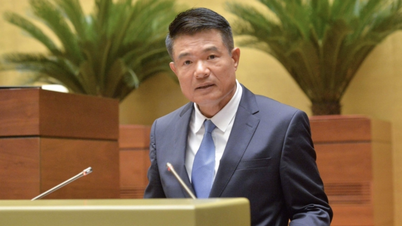

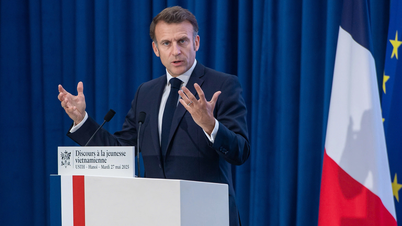
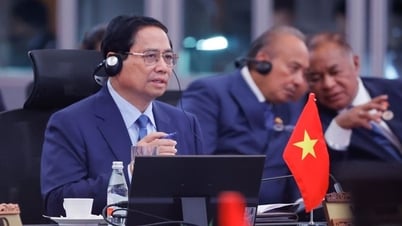

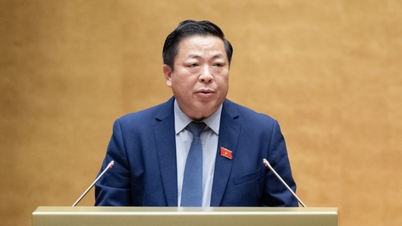




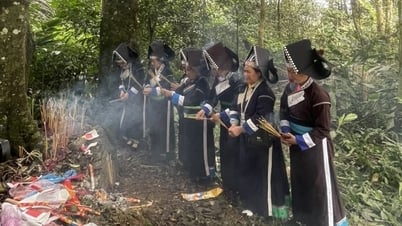
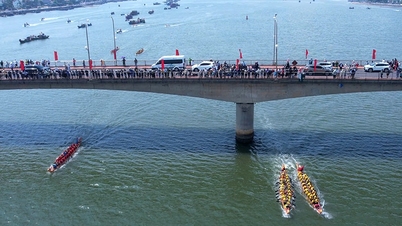
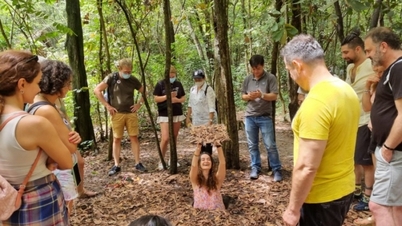


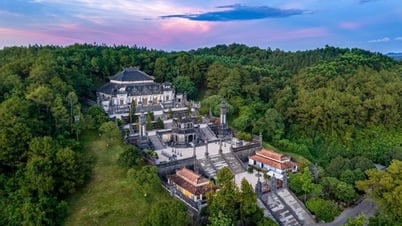


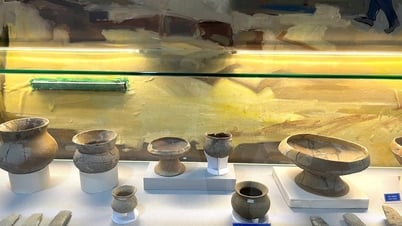


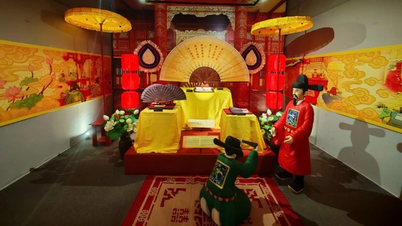

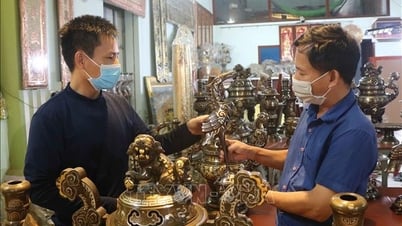
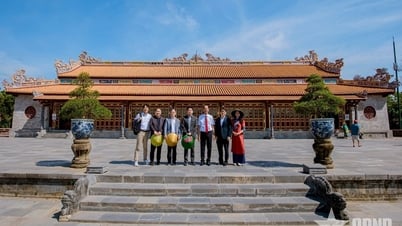



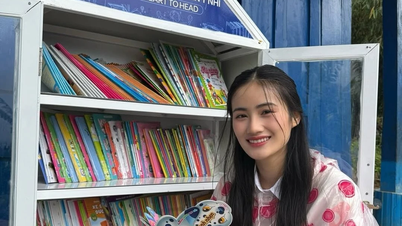

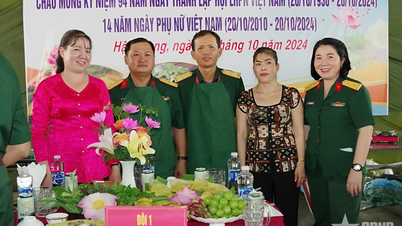



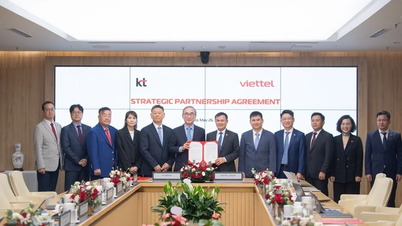

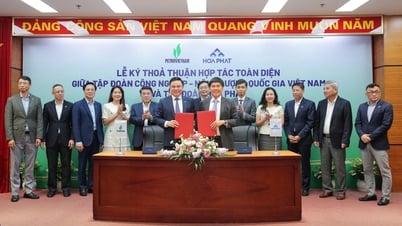

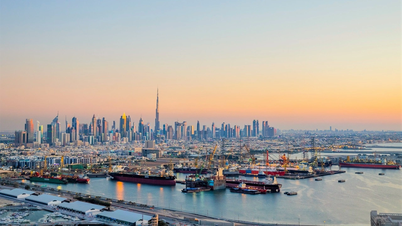




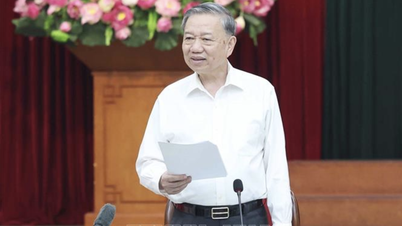
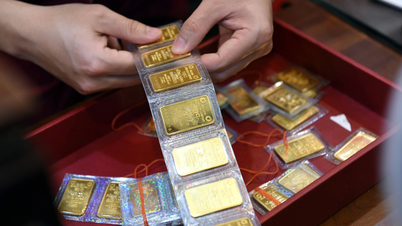
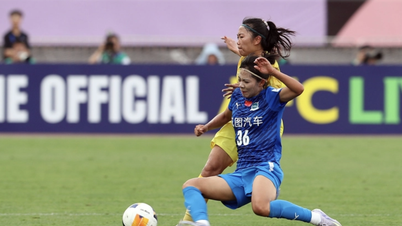


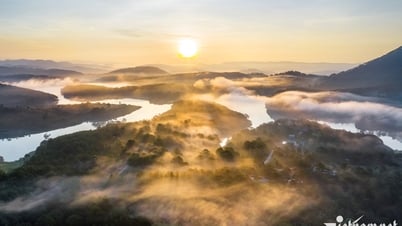


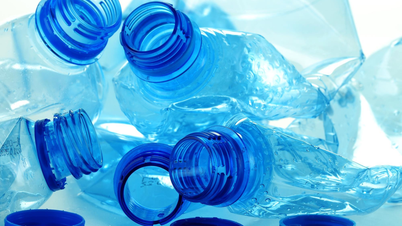


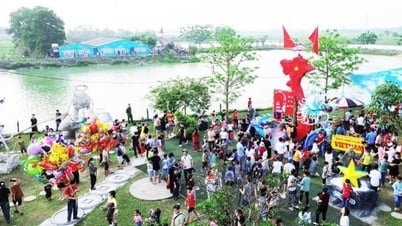


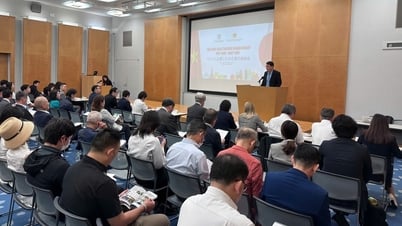
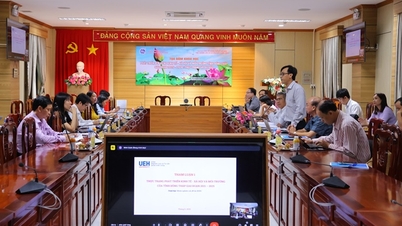
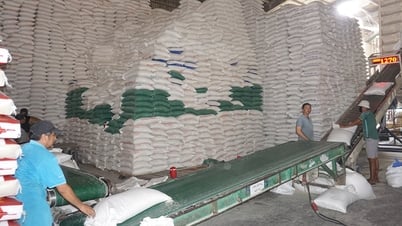




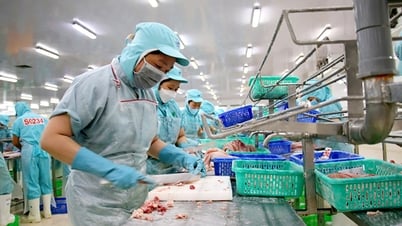




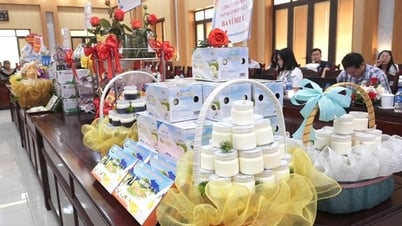



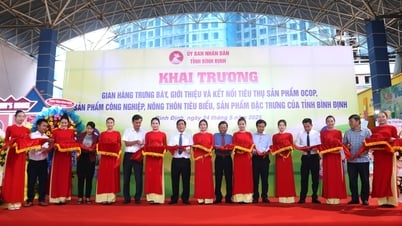

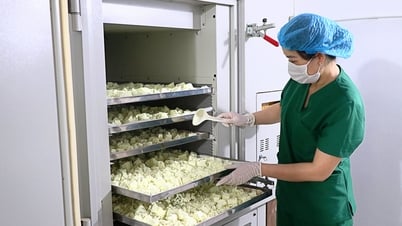

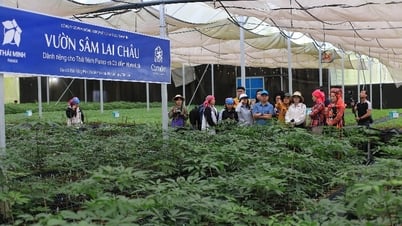

Comment (0)